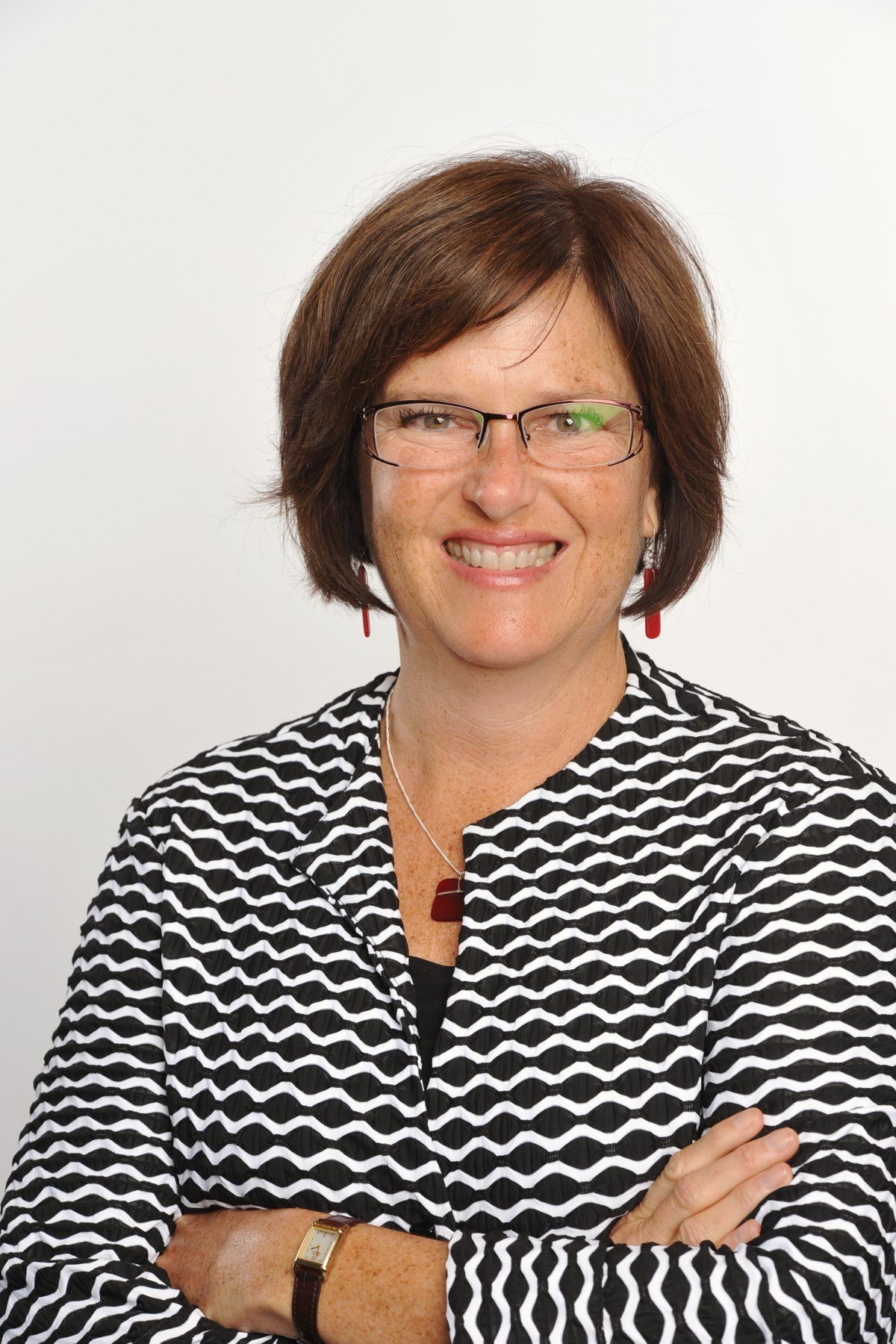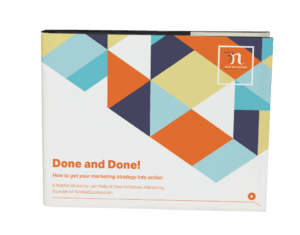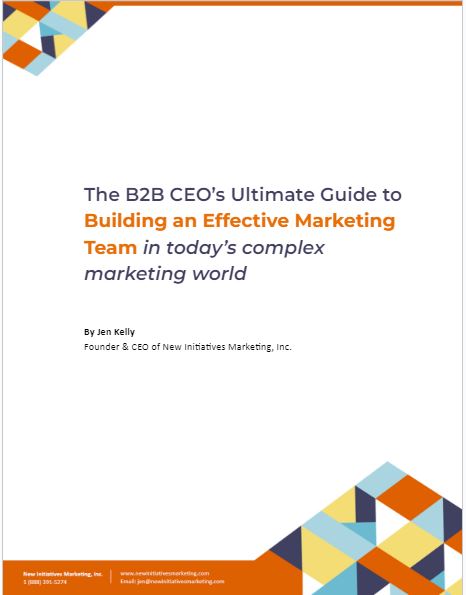This is the continuing series of articles showcasing how business owners from different industries use marketing to help their companies grow. This may inspire you to introduce a marketing concept for your business that is not currently used in your industry.
Helping business owners achieve the impossible in a VUCA world is how Sharon Gilmour-Glover describes Light-Core, a business consultancy she runs with her partner Tim Glover.
Ideal Client
They’re pleasing a tough crowd, “Our clients do not want a cookie cutter approach. They do not want a packaged solution. The don’t want the management or consulting speak. They don’t want the $30K binder with no idea how to implement the ideas.”
Sharon continues “this is understandable because the type of client we help is operating in volatile, tough markets. Competitors are eating their lunch. They have to show up and thrive every day.”
A typical client will be a business that is earning revenue from $5 million to $500 million with 10-5000 employees. Their growth has stalled and they can’t figure out why and can’t seem to get to the next level. Or they are growing so fast that everything is in chaos. What matters most to Sharon and Tim is that their ideal customer has a common mindset more than anything. They are a game changer.
How Does Your Business Earn Revenue?
Until 2017 we earned revenue by consulting and our development work (development of leaders). Starting in 2017 our revenue will shift as we will still earn that but will have productized some of our IP and have the sale of those products and tools to other consultants and coaches as additional revenue.
Sales Cycle
We have a slow and long sales cycle. For us this means anywhere from 3 months to 3 years. The work we do is disruptive. People could be blowing up because things are moving too fast and we are brought in to help change. Because of this, the organization has to trust us through our process and the messy things we need to go through. They need to be ready for the unknown. Sounds funny, but is true. We’re best when a potential client says “I need to be out in front of my competition. Ahead of them. Help me do this.”
How Do Clients Find You?
Via referrals and word of mouth. Doing good work first, then the word of mouth and referrals come our way. Being featured in the entrepreneurial book Breaking Barriers by Trish Tonaj has expanded our network. Sometimes the avenues that are not so obvious yield great results.
The Most Frustrating Thing About Promoting Your Business?
It is frustrating because many consultants go into an organization to implement some change. Then they leave and the organization is never taught how to ensure accountability for the change or assign consequences for things not getting done. Then things go downhill. So then it is assumed that whatever that previous consultant did – it was wrong…instead of looking at the fact that the accountability and consequences were missing from the new directive.
We need to do a better job at being clear to explain what we do generally. In specific we can get into conversations around specifics and challenges in your business. Then all of our messaging can relate to one specific problem you have and we can have a very focused discussion on that matter.
But to message to you before I know what your problem is…that is currently a challenge we have. We are working on ways to tell our stories better so that they will resonate with more people.
The Biggest Misconception Clients Have About Your Industry?
That we are traditional consultants. People may think our work is ‘make work’ or that we are industry experts.
What that typically has meant is from the consulting firms, these people are experts in an industry. Experts. Serious experts come in from the outside, the identify the problem, implement the fix then teach the company how to keep that implementation going. Then the consultant goes away. Typically, as a result the sustained ROI is not good.
We are different. We will work with you. Leadershift is one of our processes. Leaders have to shift to a more expansive way of leading. The work we do has bottom line impact.
Where Do You See Your Industry Going?
The opportunity is in vertical development. So we work in a way that is bottom line driven for the business and the driver of this is people.
But, traditional leadership is horizontal. Not vertical. Horizontal is skill based – “I’ll just show you the skills of being a leader, and now you can go be a leader.” Almost as if “I will just show you how to fix a car and you can go fix it now.” But this ‘be a leader and go in and smooth out the chaos” is something that isn’t working now because chaos is the constant state.
Volatility, uncertainty, complexity, ambiguity (VUCA) increases and is a daily thing that is not going away. So you need to focus on the people. How do you get your leadership to cope with consistently complex environments and situations? They are always in flux. Coping with ambiguity is opposite of what the leaders used to be rewarded for. They ironed out the volatility and were rewarded for doing that.
But now, volatility is the new normal. Our macro systems broke in 2008 the structures have broken and those formulas are not working any more. It is not like “learn this leadership thing and get people on board and voila everything is good and look at me the leader who did all this.” That will not work. You have to adapt. How do you adapt and lead in an engaging way when daily it is ambiguous, intense. How do you train the new leaders to embrace this?
Sharon gave the analogy of the strong storm. “THAT is where the energy is. Most of us want calm sunny days. How is it that I can convince you that the power is where the storm is. That scary storm, and if you can go in there and harness the power of the lightning and that energy, you can embrace the storm and find the opportunities and build the power. That is what we need to train the leaders with being comfortable in doing. And know that the old models are broken, and we don’t yet have a new one. And that may be why you feel so weird.”
Connect with Sharon on LinkedIn, visit the Light-Core website and attend her session “The Upside of Crazy – Using Your Big Energy to Sustain Success” at EXCELerate 2017 in Vancouver, BC.
NIM Notes on Marketing in a VUCA World
Sharon’s story shows that being clear with your message is key to attracting clients. While this may be obvious, often it is hard to know what other people call what we do, or what other people are calling their problems that we can help with. This is where keyword research comes in:
- Tips for keyword research
- Take the time to do the research. If unsure, get help from professionals.
- You’re looking for keywords that have volume (people are actually searching for that word/term) and room to compete (another company hasn’t locked up the term or keyword – there is room for you to make a difference).
- Be open to the results. While we’d all love people to call our products and services by the same term we do, know that people may talk about it differently or in a simpler way than you do.
- Once you have the results, choose 5-7 keywords which will form the base of your content marketing strategy.
- Develop an editorial calendar (also called a content calendar) using those keywords and get to work!
- Done right, your blogs and articles will start showing up in the search results – you’ll be getting found by people searching for the types of companies who do what you do.
Next steps
Ready to get your keyword research going? Contact us today.
Download our ebook to learn how to get your keywords and content marketing done and done!




